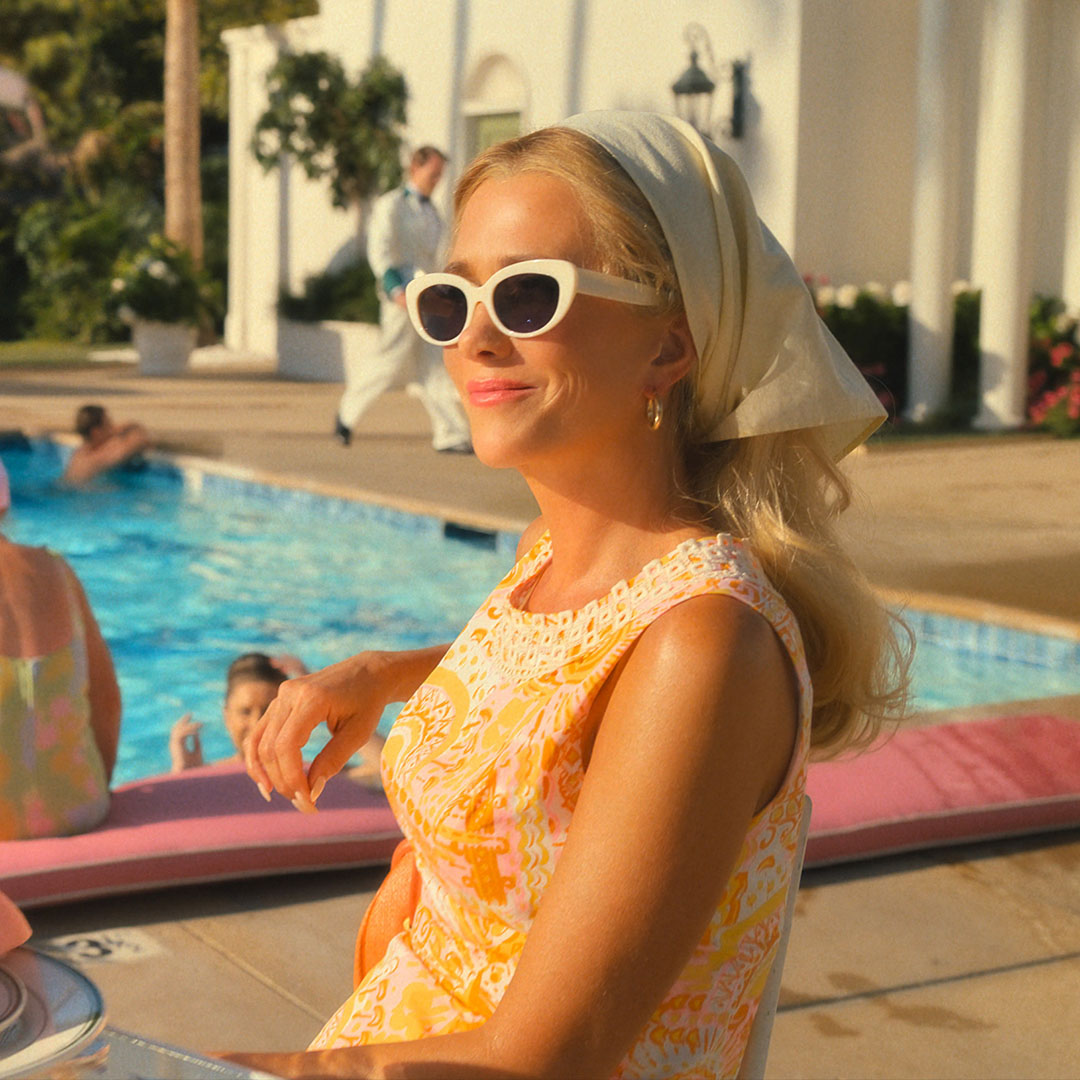The New Look's costume designer on bringing Dior's iconic first post-war collection to the screen
It’s the fashion series we’ve been waiting for
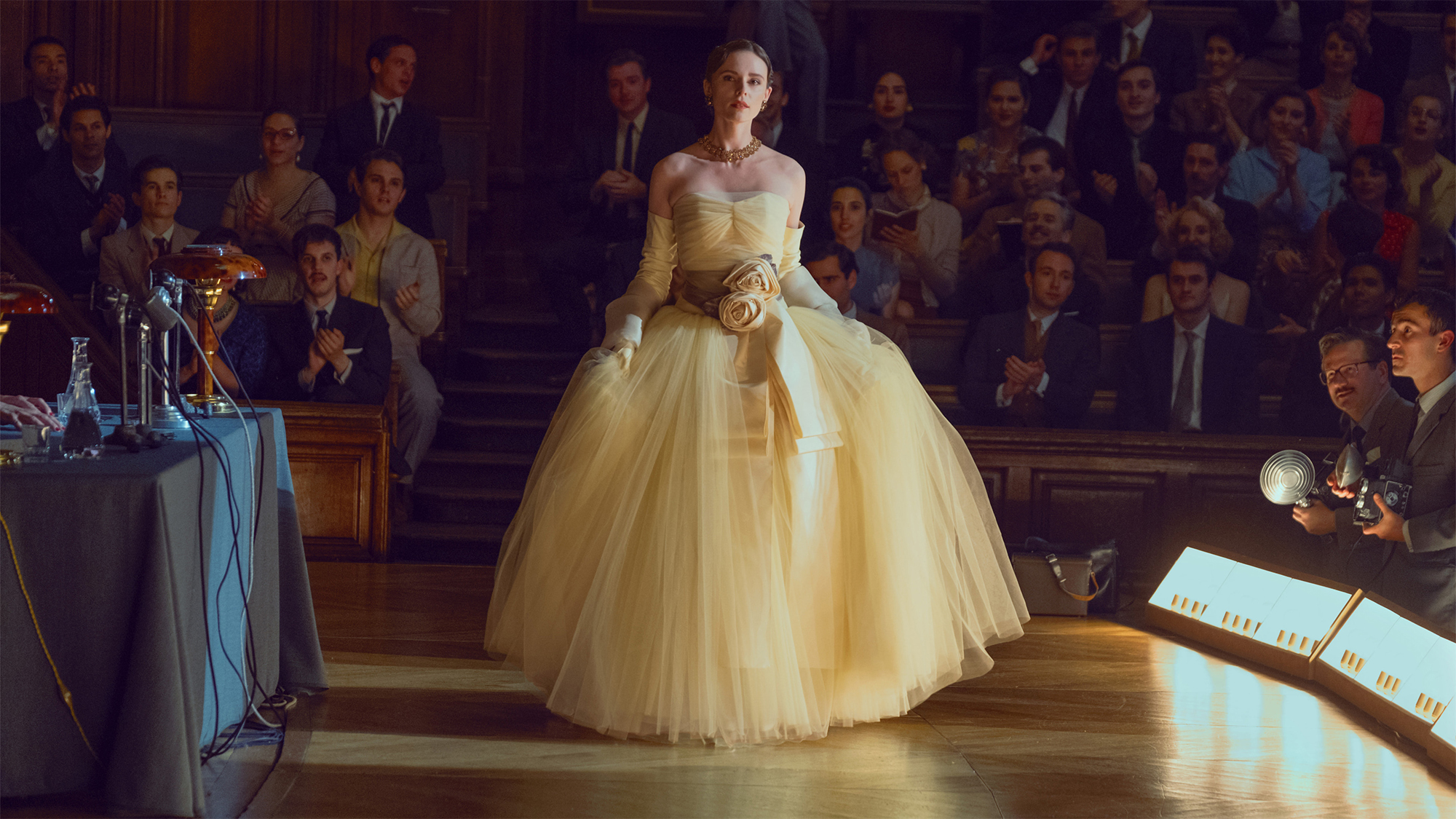
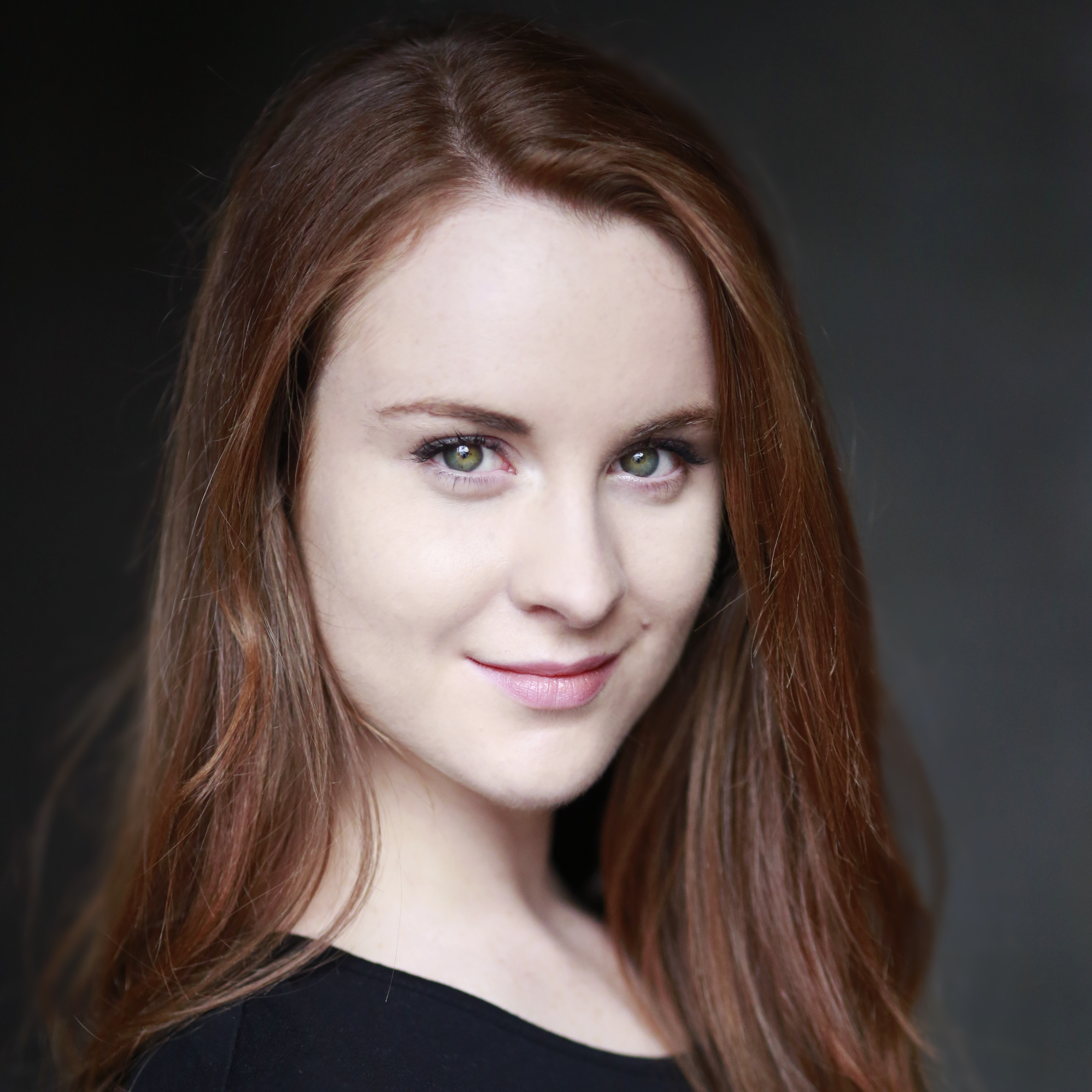
In 1947, Christian Dior presented his first collection to an audience who had crammed themselves into rooms of his fashion house – it was a collection that would forever change the course of fashion history. It was dubbed the ‘New Look’ – a hyper feminine style composed of graceful, curving lines, cinched waists, and yards upon yards of fabric. In the face of the bleak uncertainty in post-war France, it was a daring, even audacious introduction for the young designer. It paid off.
While the New Look remains a key period in French fashion, the personal story that inspired Dior's groundbreaking designs is, perhaps, not quite so well known. This is the story told in Apple TV+'s The New Look.
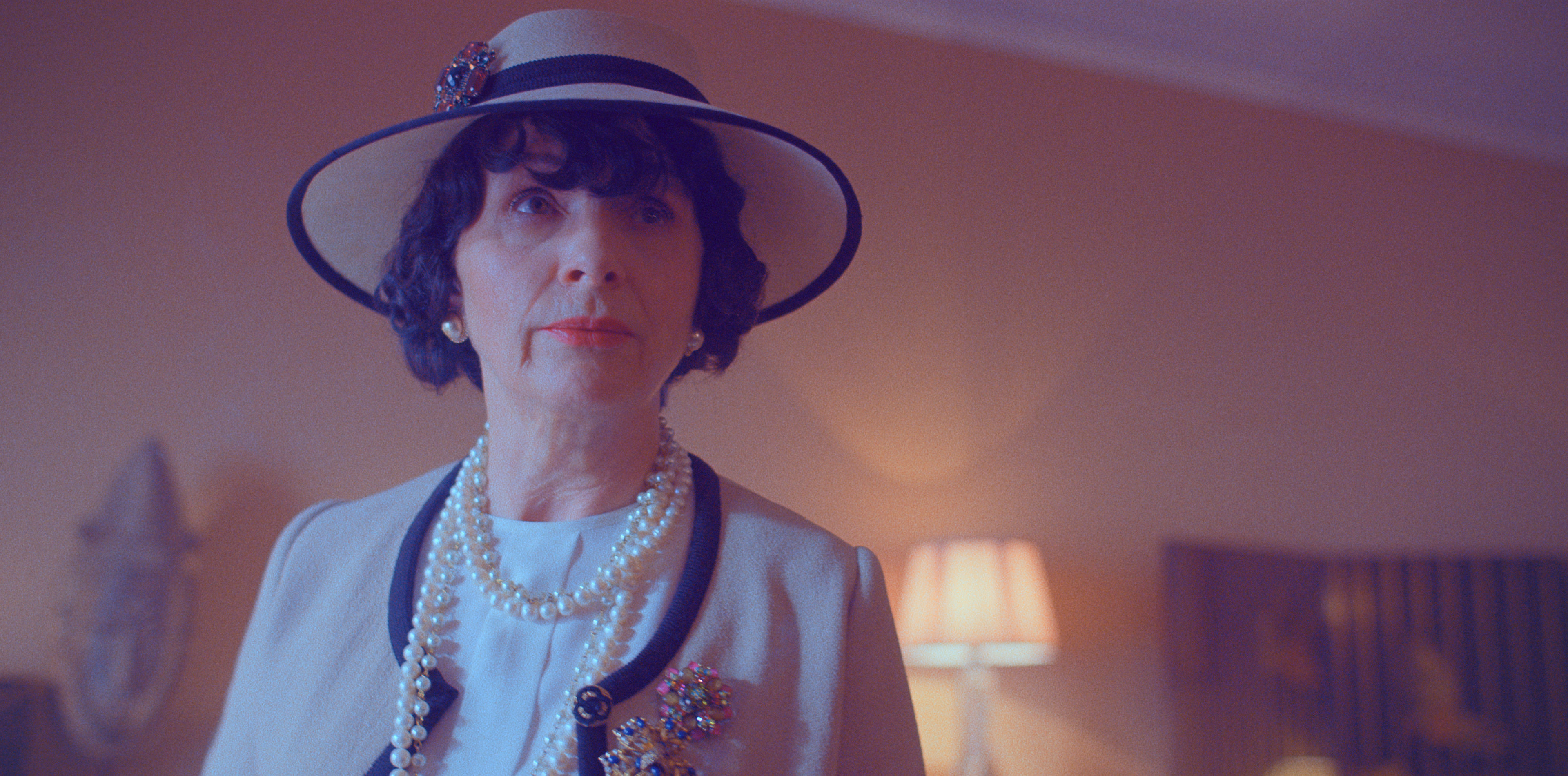
The series, which premieres this Wednesday, traces the divergent paths of Coco Chanel (Juliette Binoche) and Christian Dior (Ben Mendelsohn) in Paris during and after the war.
Marie Claire chatted with costume designer Karen Muller Serreau about Dior, Chanel, and how Apple TV+'s The New Look explores one of the most pivotal periods in fashion history.
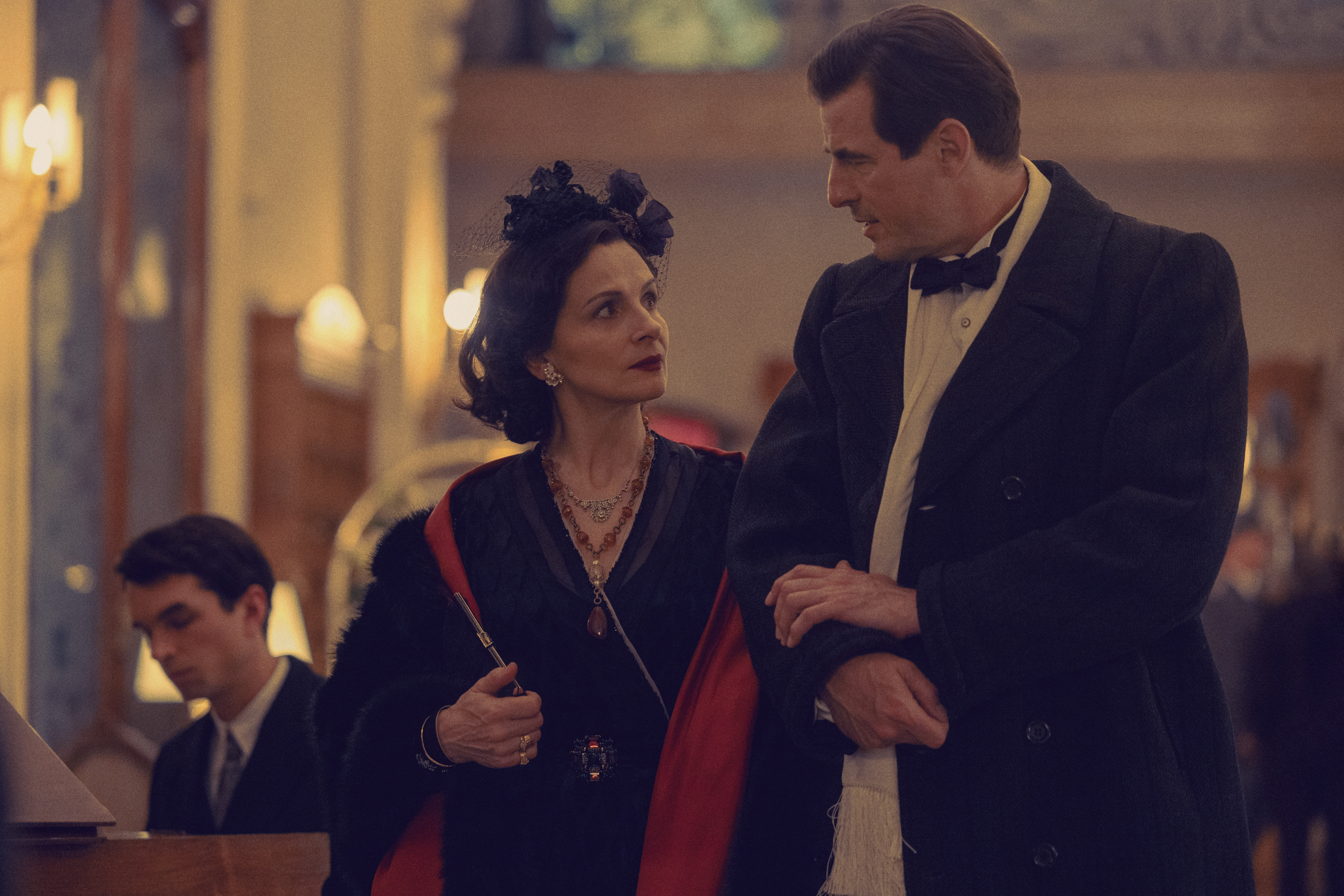
Congratulations on The New Look. It's a fascinating exploration of such a pivotal, emotional moment in the history of French fashion. For a designer, it must have been a dream job, exploring Chanel and Dior and the other French designers of the time?
Oh, absolutely. Although I design costumes for films, I've always been interested in fashion. And there's so much in this show as well. There are the fashion shows, of course, which are absolutely amazing, but there are also the concentration camps, the military, the liberation of Paris. It was always really exciting.
How did you first become involved with the project? You were previously the assistant costume designer on the 2009 film Coco Before Chanel, so you must have already been very familiar with this world.
Marie Claire Newsletter
Celebrity news, beauty, fashion advice, and fascinating features, delivered straight to your inbox!
I was contacted by the production team then had interviews and was taken on board. I'm English, but I've lived in France for 45 years, so I have a good feeling of French fashion and of life in France, as well.

The costumes in this show are meticulously accurate. The process must have involved extensive research to begin with.
Of course, I got a hold of everything I possibly could find about the fashion and about the different designers of that time. There's also a lot in the show about people just before that time in the '30s, and I got absolutely everything I possibly could – there were a lot of photographers around in France at that time.
For a basic start, I documented each scene of the script. As we went along, we selected images for each scene so that I could give myself a sense of the atmosphere that we wanted. And then we worked to each character individually, doing a mood board with the colours and types of cloth that we would use for them.
For the fashion shows, we went to Dior Heritage. They have a lot of archival photos of Dior and his family and they told us as much as they could about his life and about the people that had witnessed working with him. I worked very closely with Helene Starkman [Cultural Projects Manager at Dior] on the fashion shows. That was a very close collaboration to get that absolutely right.
Was your aim to recreate those designs as meticulously as possible? Or were you ever actually sourcing real vintage Dior pieces?
For the fashion shows, we completely recreated them. There aren't really any [usable dresses] left. We saw a couple of dresses in the museum archives in Paris – you touch them with white gloves. I managed to get as much detail as I could out of them but they weren't dresses to be worn.
But then for individual characters, we were looking for inspiration rather than trying to get absolutely everything to be identical.
Was there a lot of collaboration with Juliette Binoche and Ben Mendelsohn, who played Chanel and Dior?
We always worked together. I've usually done quite a lot of documentation by the time I meet the actors, but then we talk and we give each other ideas about the feel of what we want.
Every day with Juliette, I would go in while she was being dressed. When she was putting on her jewellery, for example, we would always take off the last one, as Chanel said that one should. We would work like that together a lot. Every day we would discuss the scene and why she was wearing that particular costume in that scene. I do remember in my first meeting with her, she saw a dress for a scene that we were shooting at the beginning – an evening dress. She says in the text, 'This dress took 350 hours to make.' Juliette said, 'Yeah, but this dress doesn't look like it's got 250 hours in it.' And the seamstress looked up and said, 'It's got lots of hours! Many hours in it!'
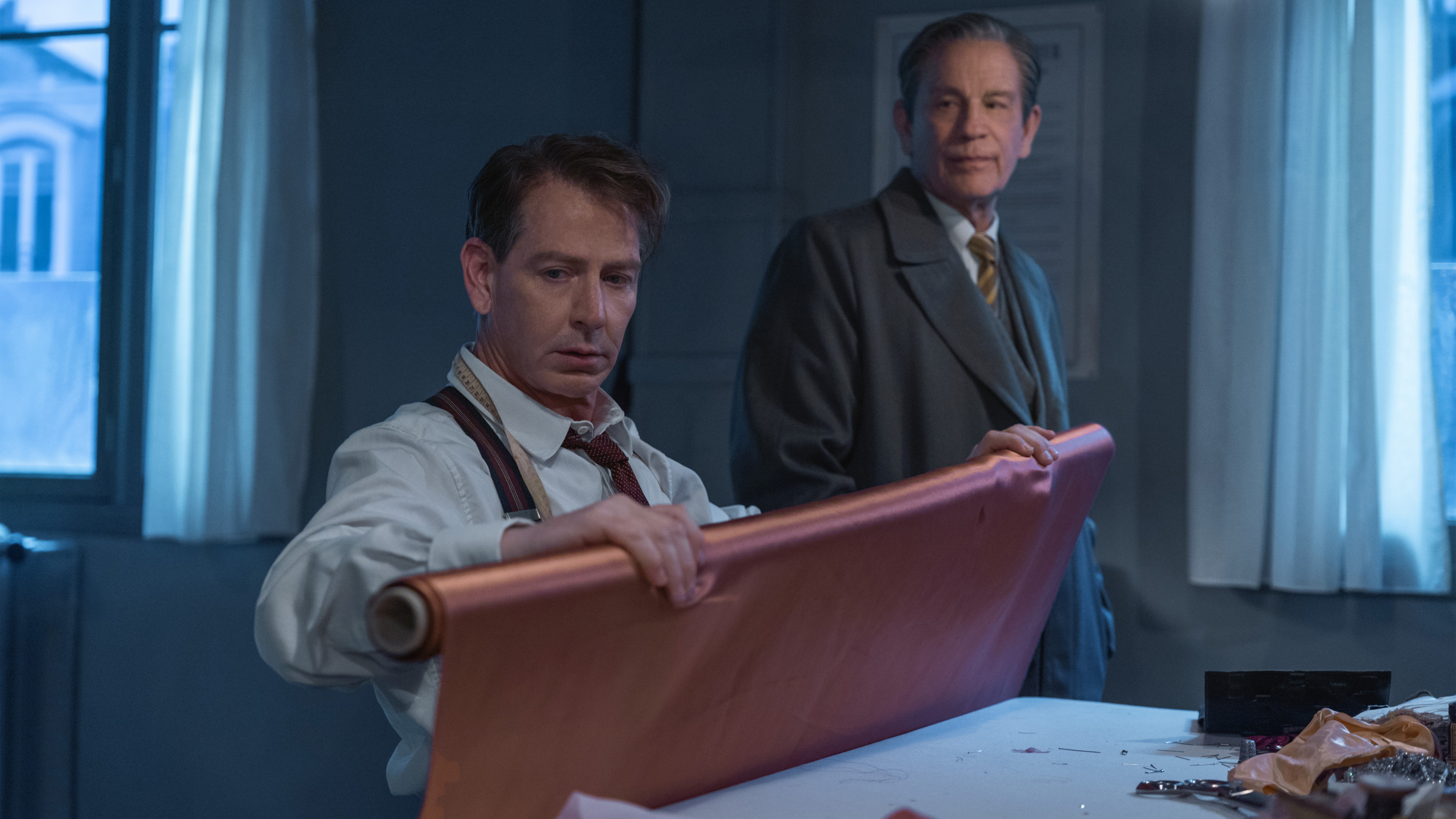
I had a wonderful tailor making Ben's outfits. He irons them to his shape. It's pretty extraordinary. And Ben would always ask me, Do I roll up my sleeves in this scene? Or don't I?' Ben also spent a lot of time in our workshops seeing how we made outfits so that he could get a feel of it.
Chanel has a very striking, very chic look. Her palettes are almost entirely black and white with those statement pieces of jewellery.
That was all created by building on existing information. I just wanted to capture the essence of her. There's hardly any documentation of her during those years. And she wasn't creating during those years. So, I was looking at photos from before and after the war. We were working on what we know about her ideals of fashion. She was freeing women and bringing in high waisted trousers. We always wanted to keep her with the casual, chic, stylish look. She and Dior had two very opposite visions of fashion, so in her wardrobe, I was keeping that in mind as well – always using comfortable fabric and giving that comfortable, chic look.

Do you have a particularly favourite of Chanel's looks on the show?
I do love some of the eveningwear that we did. And she's got a trench coat that I really loved that she wore with a hat. And I liked during the liberation, we had her all in white with a very big red flower that we put on her.
It must have been a very different process for the characters who exist outside of the fashion world.
One of the characters that I thought was really interesting was Catherine. You slightly want to glamorise her because she's Dior's sister. Yet she was in the resistance – really hardworking. And they didn't have much money at that time. Their father had lost his money in the 1929 crash. I found it really interesting to try to give a really everyday feel to her costumes. It really was quite a challenge.
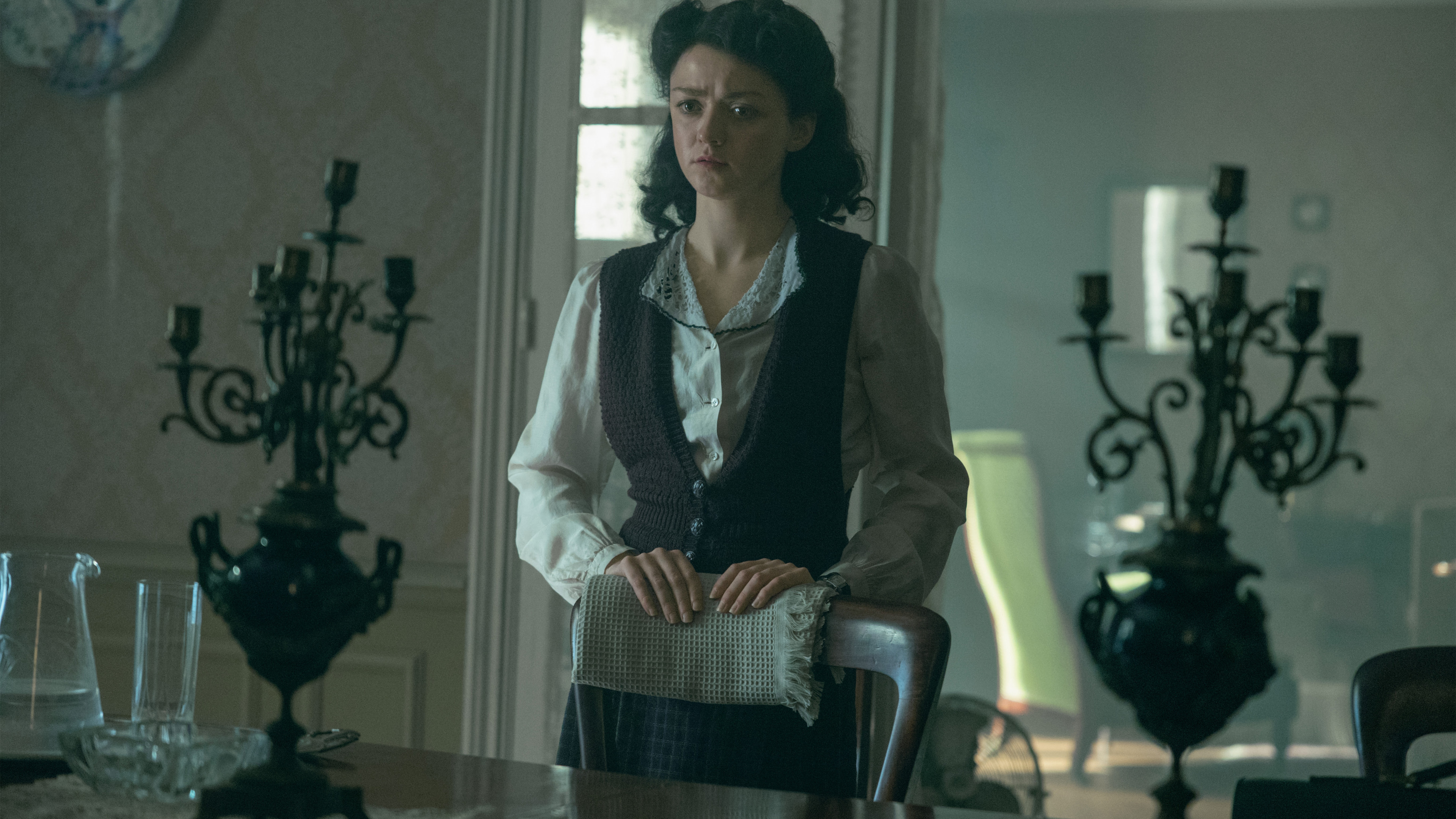
And then we had these big street scenes. I colour coded it before and after liberation. In the pre-liberation scenes, it was about keeping everything in browns and greys and keeping any floral materials out of it. Then when we get to the liberation, it was bringing in red, white and blue and flowered cloth to give that feeling of suddenly being liberated and free.
With all of the concentration camp scenes, that was a huge amount of breaking down costumes and finding old original costumes. We used a lot of vintage to make it feel real.
The military was another challenge because it's so coded. We had a military expert help us make sure we were getting medals right and things like that.
The show opens with Dior's revolutionary 1947 fashion show in Paris where he introduced his groundbreaking 'New Look' to the world. Could you talk a bit about that moment in fashion?
Absolutely. It was a revolution because it was symbolic of a brighter, more glorious future. He was using so much cloth. Up until then, everything has been so skimpy. Then after years of deprivation it was suddenly yards and yards and yards of cloth. There were 9,800 yards of cloth used in the 1947 presentation and I think it gave people hope. And it was really creating a very feminine beauty, really. Each piece was a sort of architectural sculpture emphasising the feminine shape. They were all incredibly corseted and structured inside to get them to hold them that shape.
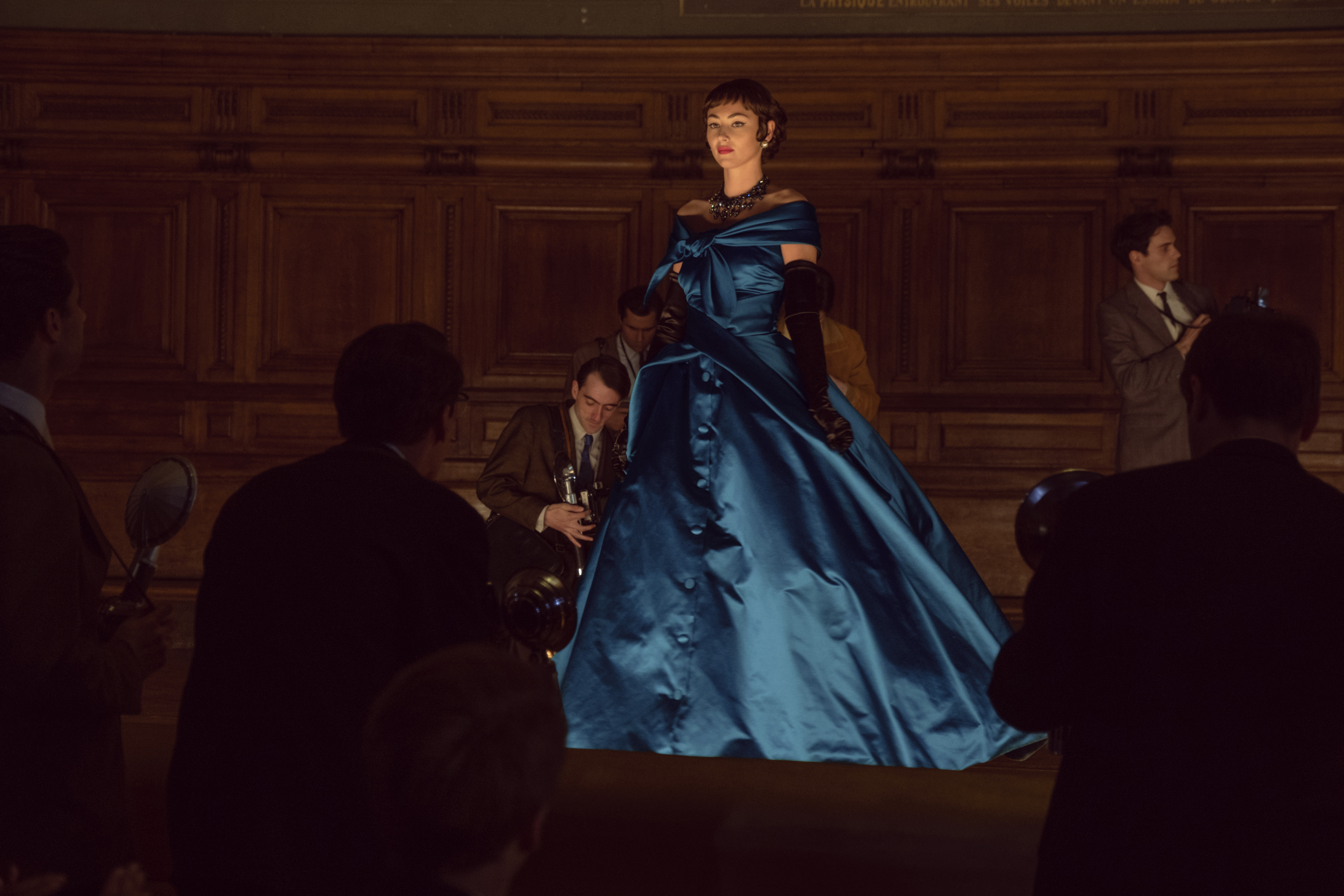
But also, at the time, there were people in the street that attacked it; [the house] went out one day to take photographs in the street and lots of people attacked them because they were so shocked about the amount of cloth that had been used.
Was the idea of revealing the past for a present audience important to you?
Oh, extremely. We nearly lost the fashion industry in France. During the war, the Germans wanted to take it to Germany and it would be a totally different story today had that happened. I think that side of it is really important. And we're still recreating [Dior's New Look] in fashion today. I think Dior's upcoming shows, from what I've seen of them, are very much [evocative] of the New Look. It keeps coming back. It did just have such a powerful feeling of brighter things and I think it still has that strong feeling about it.
The New Look is available to stream on Apple TV+ from 14th February
Meg Walters is a freelance journalist, specialising in culture and lifestyle. She has written for numerous publications, including GQ, Glamour, Stylist, Little White Lies, Vulture and Daily Beast. Over the years, she's been honoured to interview numerous artists who work both in front of and behind the camera, including Mia McKenna-Bruce, Molly Manning Walker, Oscar-nominated composer Hildur Guðnadóttir, Yellowjacket's Simone Kessell and many others.
-
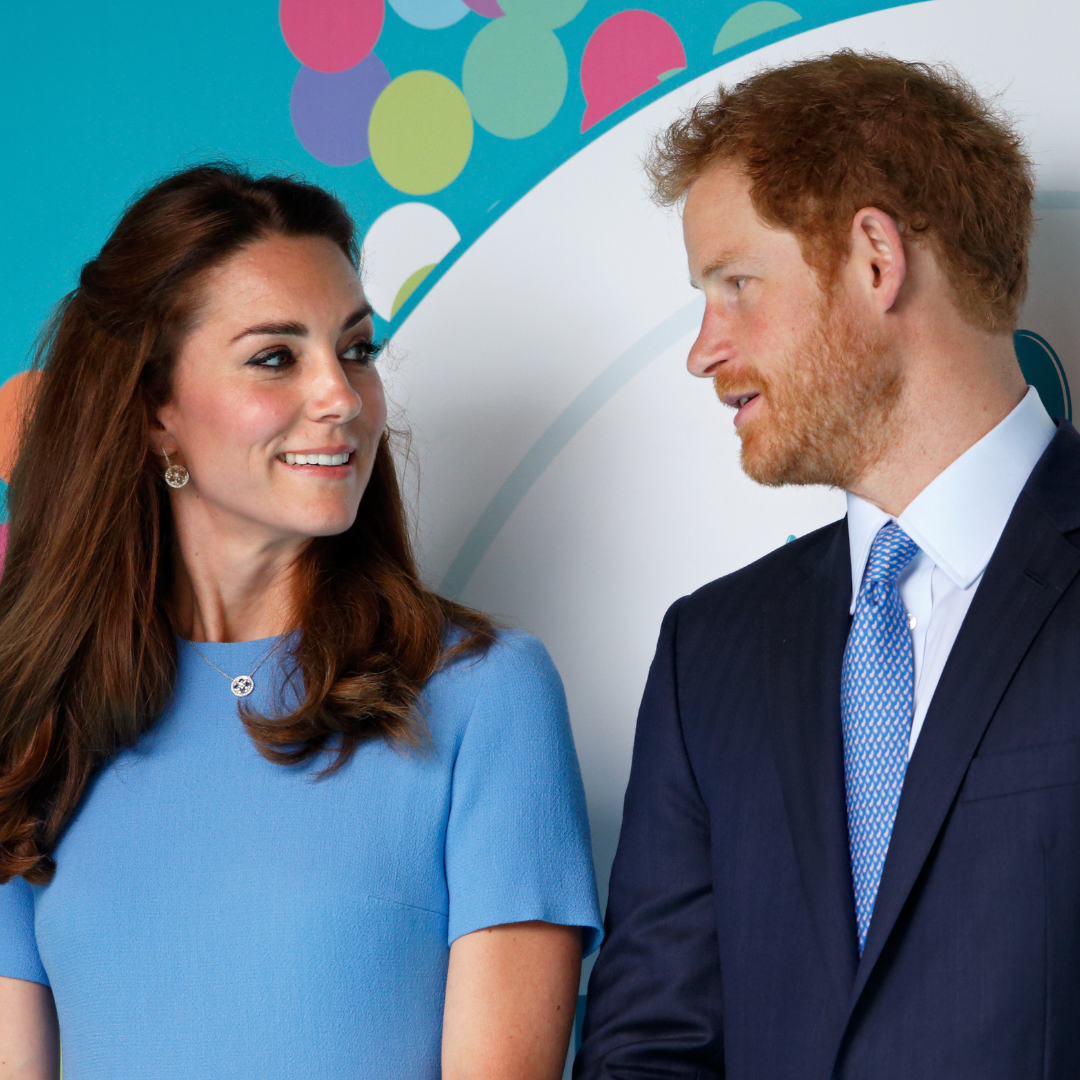 Prince Harry reportedly extended an 'olive branch' to Kate and William on latest UK trip
Prince Harry reportedly extended an 'olive branch' to Kate and William on latest UK tripBig if true
By Iris Goldsztajn
-
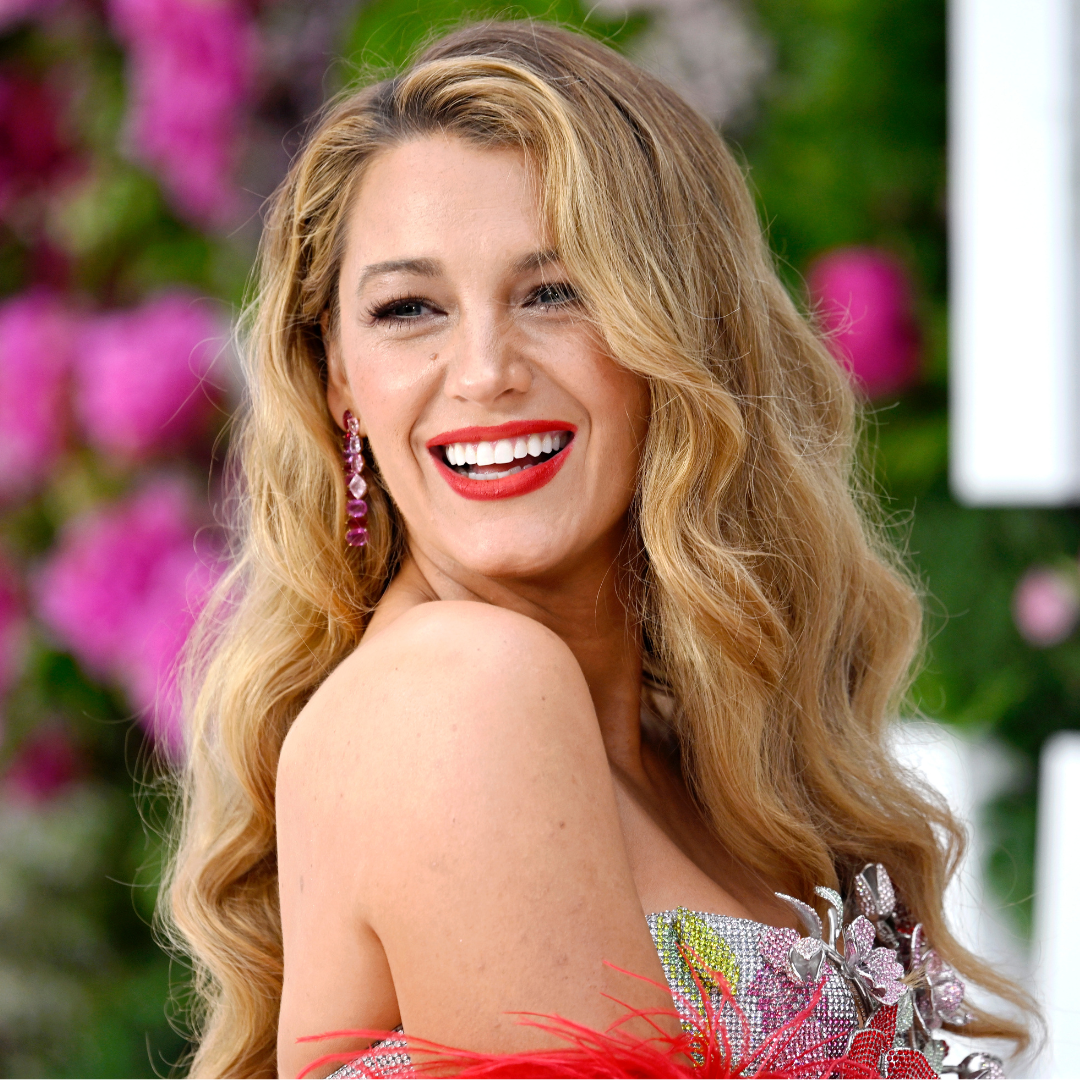 How Prime Video is protecting Blake Lively amid her new movie promo
How Prime Video is protecting Blake Lively amid her new movie promoAn understandable move
By Iris Goldsztajn
-
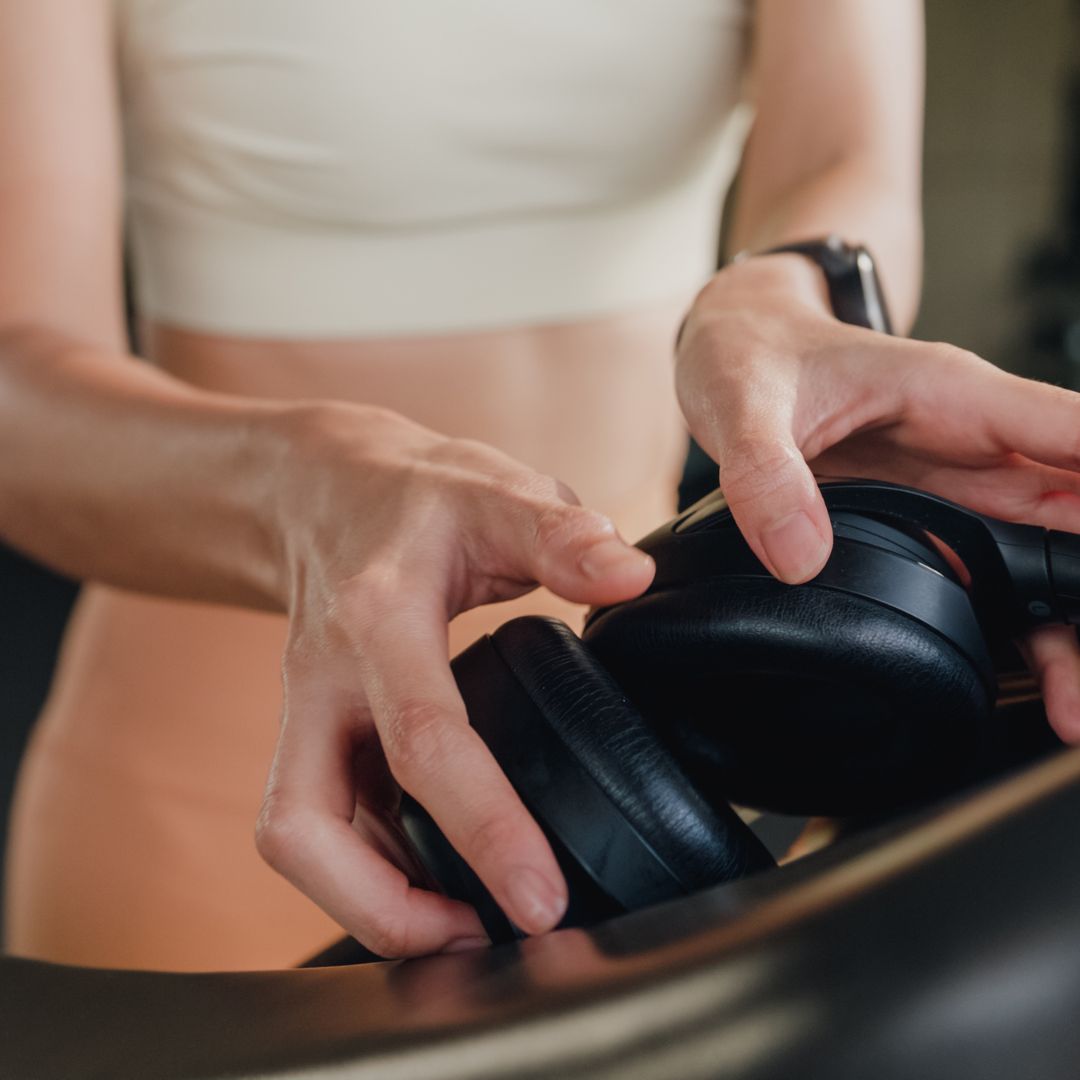 It's the must-have bit of fit kit of the year - a fitness expert shares their top 5 tips for choosing a walking pad
It's the must-have bit of fit kit of the year - a fitness expert shares their top 5 tips for choosing a walking padThis year's fitness must-buy.
By Katie Sims
